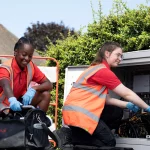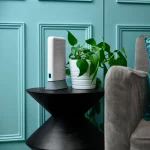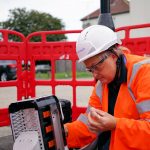Ofcom to Boost Indoor 2G, 3G and 4G Mobile Cover by Legalising Repeaters
At present it’s unlawful (unless approved by a Mobile Network Operator) for consumers to use repeaters that boost and retransmit UK mobile signals, which can help indoor coverage but may also cause interference or other adverse effects for nearby customers. Ofcom now proposes to change this.
Under the new plan Ofcom would allow consumers to operate two categories of Mobile Phone Repeaters on a licence-exempt basis, including a) static mobile phone repeaters intended for indoor use; and b) low gain mobile phone repeaters intended for in-vehicle (in-car) use.
The change would of course come attach to some new conditions, such as requirements that the repeaters operate only over the frequency bands of any single licensed network operator at a given time, adjusts its power to the minimum necessary to make a reliable connection and incorporates anti-oscillation measures.
Advertisement
Ofcom are not intending to prescribe the mobile phone technologies that can be used and so manufacturers could choose to build kit for 2G, 3G and / or 4G service as desired. However this proposal does not encompass the use of static wideband repeaters, which remain unlawful.
Ofcom Statement
The effect of our proposals would be that repeaters which meet our requirements would be available for consumers to buy and install lawfully themselves. This relates specifically to static repeaters, intended for in-home use; and ‘low gain’ repeaters, intended for use in cars. The use of wideband repeaters installed by consumers themselves would continue to be unlawful.
A related consultation has been launched and this will be open for feedback until 6th June 2017.
Mark is a professional technology writer, IT consultant and computer engineer from Dorset (England), he also founded ISPreview in 1999 and enjoys analysing the latest telecoms and broadband developments. Find me on X (Twitter), Mastodon, Facebook, BlueSky, Threads.net and Linkedin.


















































Comments are closed